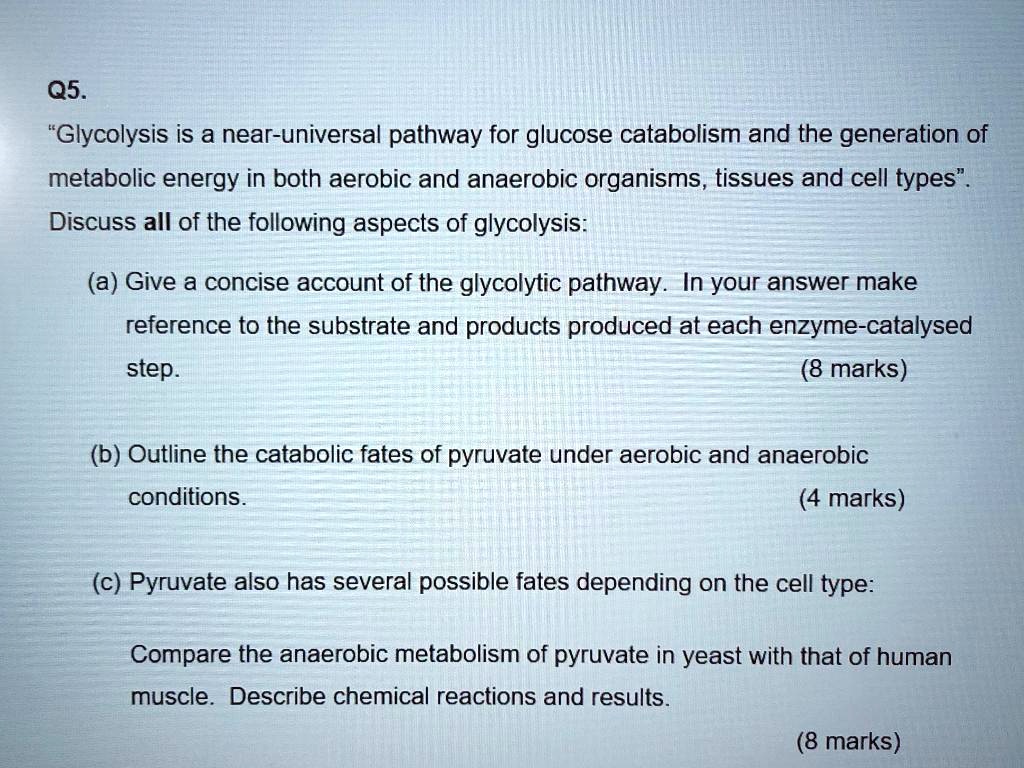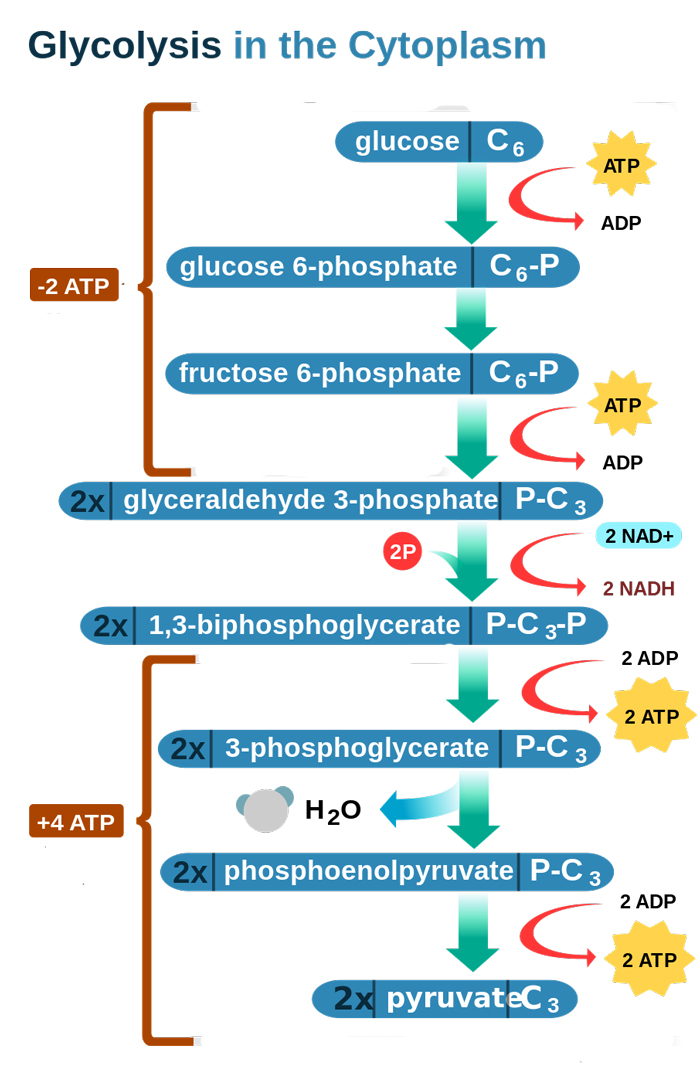Which Of The Following Is A Result Of Glycolysis
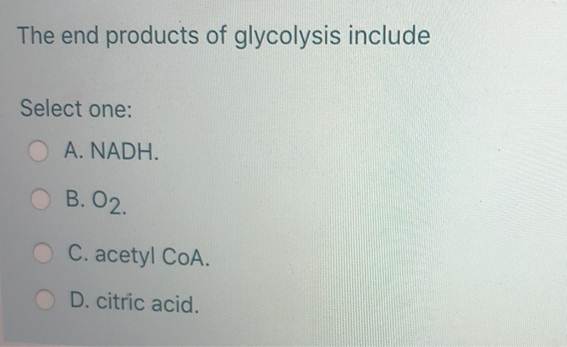
The intricate dance of cellular metabolism, a process largely invisible to the naked eye, underpins all life. Among its most fundamental steps is glycolysis, a seemingly simple yet vital pathway. Disruptions to or misunderstandings of this process can have profound implications for our health, leading to diseases from diabetes to cancer.
This article delves into the heart of glycolysis, exploring its key outcomes. We examine the specific molecules produced and the broader consequences for cellular energy production. Understanding the results of glycolysis is crucial for anyone seeking to grasp the fundamentals of biology and the complexities of human health.
Glycolysis: A Deep Dive
Glycolysis, derived from the Greek words for "sweet" and "splitting," is precisely that: the breakdown of glucose. It is the initial metabolic pathway in the catabolism of glucose, occurring in the cytoplasm of virtually all living cells.
This ten-step enzymatic process converts one molecule of glucose into two molecules of pyruvate. It also generates a small amount of ATP (adenosine triphosphate), the cell's primary energy currency, and NADH (nicotinamide adenine dinucleotide), a crucial electron carrier.
The Key Products of Glycolysis
The most direct and impactful results of glycolysis can be summarized in three key outputs. These products set the stage for subsequent metabolic processes that ultimately fuel cellular functions.
Pyruvate is perhaps the most crucial output. This three-carbon molecule holds the remaining energy of the original glucose molecule, ready to be extracted in later stages. It's fate depends on the availability of oxygen.
In aerobic conditions, pyruvate is transported into the mitochondria and converted into acetyl-CoA, fueling the citric acid cycle. Under anaerobic conditions, pyruvate is converted to lactate in animals, or ethanol in yeast, allowing for the continuation of glycolysis even without oxygen.
ATP (Adenosine Triphosphate) is the direct energy gain from glycolysis. Though glycolysis itself generates a modest amount of ATP (2 molecules net per glucose molecule), it's essential as an immediate energy source.
These ATP molecules are directly available to power cellular processes such as muscle contraction, nerve impulse transmission, and protein synthesis.
NADH (Nicotinamide Adenine Dinucleotide) is an electron carrier. During glycolysis, electrons are extracted from glucose and transferred to NAD+, reducing it to NADH.
NADH carries these high-energy electrons to the electron transport chain in the mitochondria (under aerobic conditions), where they are used to generate a much larger amount of ATP. Under anaerobic conditions, NADH is used to reduce pyruvate, regenerating NAD+ for glycolysis to continue.
The Broader Implications
The products of glycolysis are not simply isolated molecules; they are the building blocks for a vast network of metabolic pathways. Understanding their role is crucial for comprehending diverse biological processes.
Consider the case of fermentation. When oxygen is scarce, cells rely on glycolysis followed by fermentation to produce ATP. This process is far less efficient than aerobic respiration, but it allows cells to survive in oxygen-deprived environments.
Lactic acid fermentation, occurring in muscle cells during intense exercise, results in the buildup of lactate, contributing to muscle fatigue. Alcoholic fermentation, carried out by yeast, produces ethanol, a key ingredient in alcoholic beverages.
Glycolysis also plays a key role in gluconeogenesis, the synthesis of glucose from non-carbohydrate precursors. This process, which primarily occurs in the liver, is essential for maintaining blood glucose levels during periods of fasting or starvation.
Gluconeogenesis essentially reverses several of the steps in glycolysis, using different enzymes to bypass the irreversible reactions. It highlights the interconnectedness of metabolic pathways and the body's ability to adapt to changing energy demands.
Clinical Relevance
The regulation of glycolysis is tightly controlled, and dysregulation can have significant health consequences. Understanding these connections is critical for treating various diseases.
In diabetes, for example, the body's ability to regulate blood glucose levels is impaired. This can lead to hyperglycemia (high blood sugar), which can overwhelm the glycolytic pathway and contribute to various complications.
Conversely, hypoglycemia (low blood sugar) can result in insufficient glucose to fuel glycolysis, leading to energy deprivation in cells and potentially causing neurological damage.
Cancer cells often exhibit an increased rate of glycolysis, even in the presence of oxygen. This phenomenon, known as the Warburg effect, allows cancer cells to rapidly produce ATP and biomass to support their uncontrolled growth.
Targeting glycolysis is therefore an active area of cancer research, with the goal of developing therapies that selectively disrupt cancer cell metabolism.
Future Directions
Research into glycolysis continues to evolve, revealing new insights into its regulation and its role in various diseases. Advances in fields like metabolomics are providing a more holistic view of cellular metabolism.
Scientists are exploring novel strategies for targeting glycolysis in cancer and other metabolic disorders. Understanding the specific enzymes and regulatory mechanisms involved in glycolysis is key to developing effective therapies.
Furthermore, the study of glycolysis in different organisms, from bacteria to plants, can provide insights into the evolution of metabolism and the adaptation of life to diverse environments.
The journey of glycolysis, from a simple sugar to essential energy molecules, reveals the intricate beauty of cellular processes. By understanding its outcomes and its broader implications, we gain a deeper appreciation for the complexities of life and the potential for therapeutic intervention.
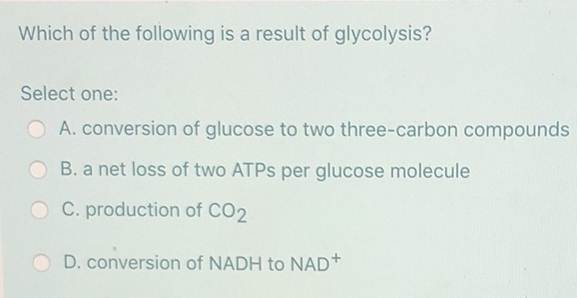


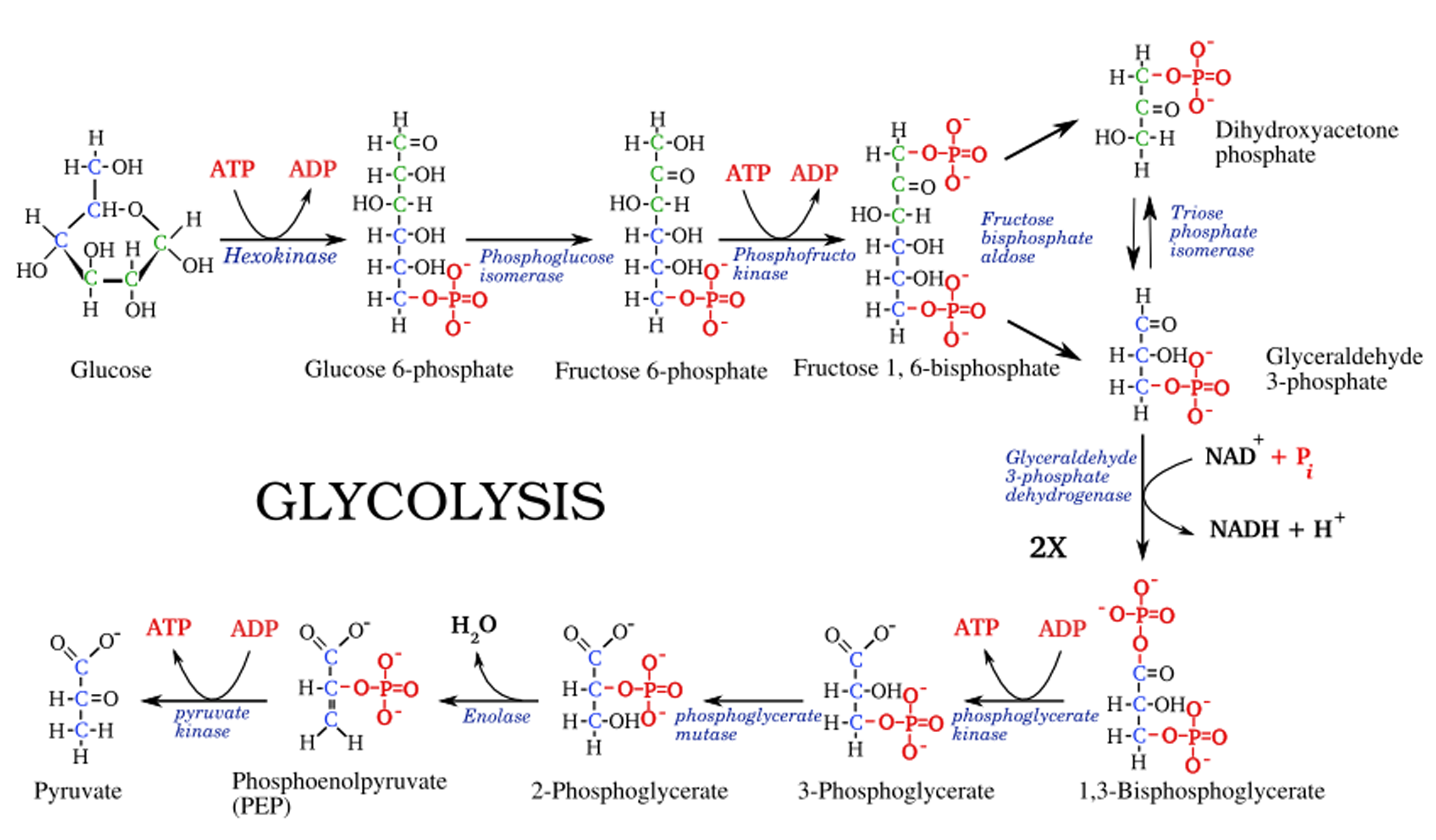
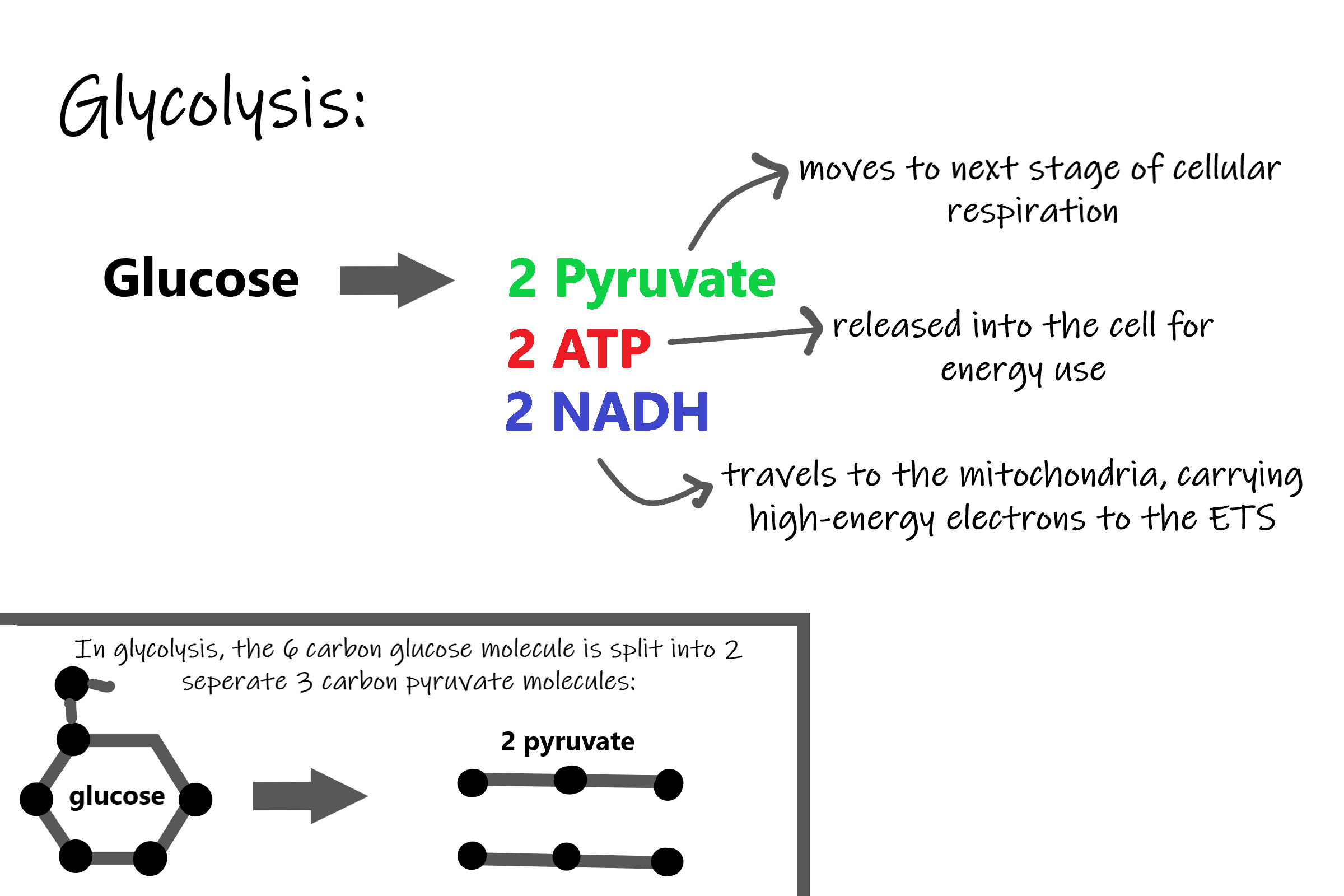

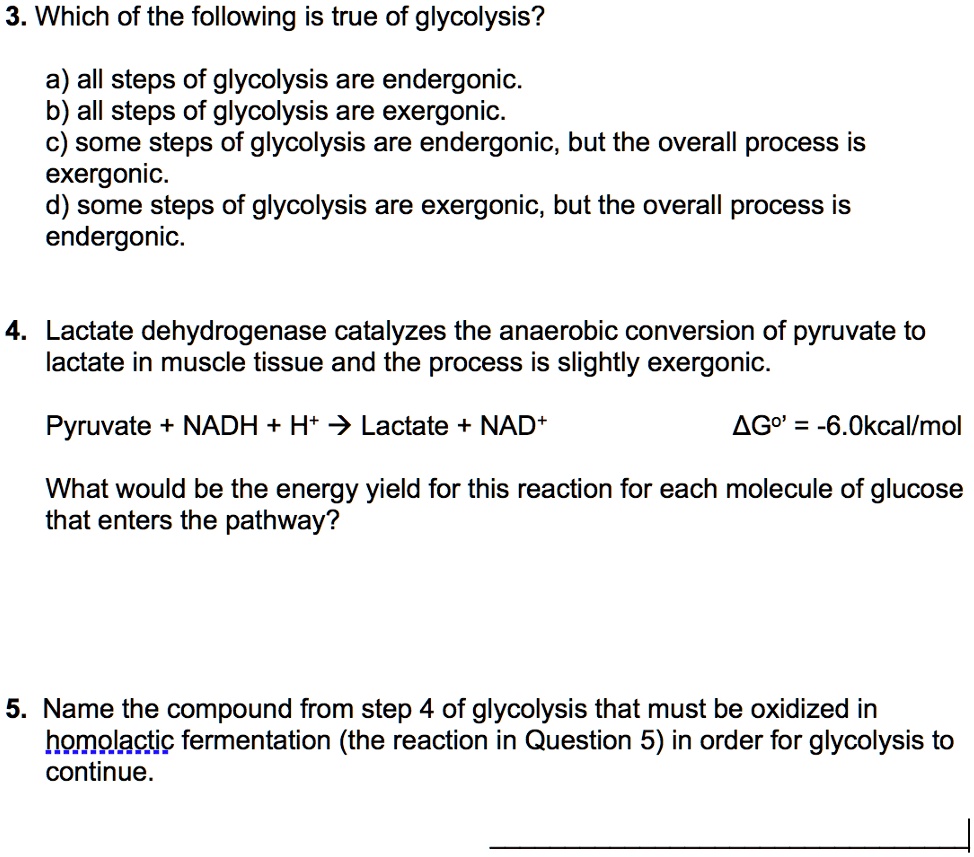

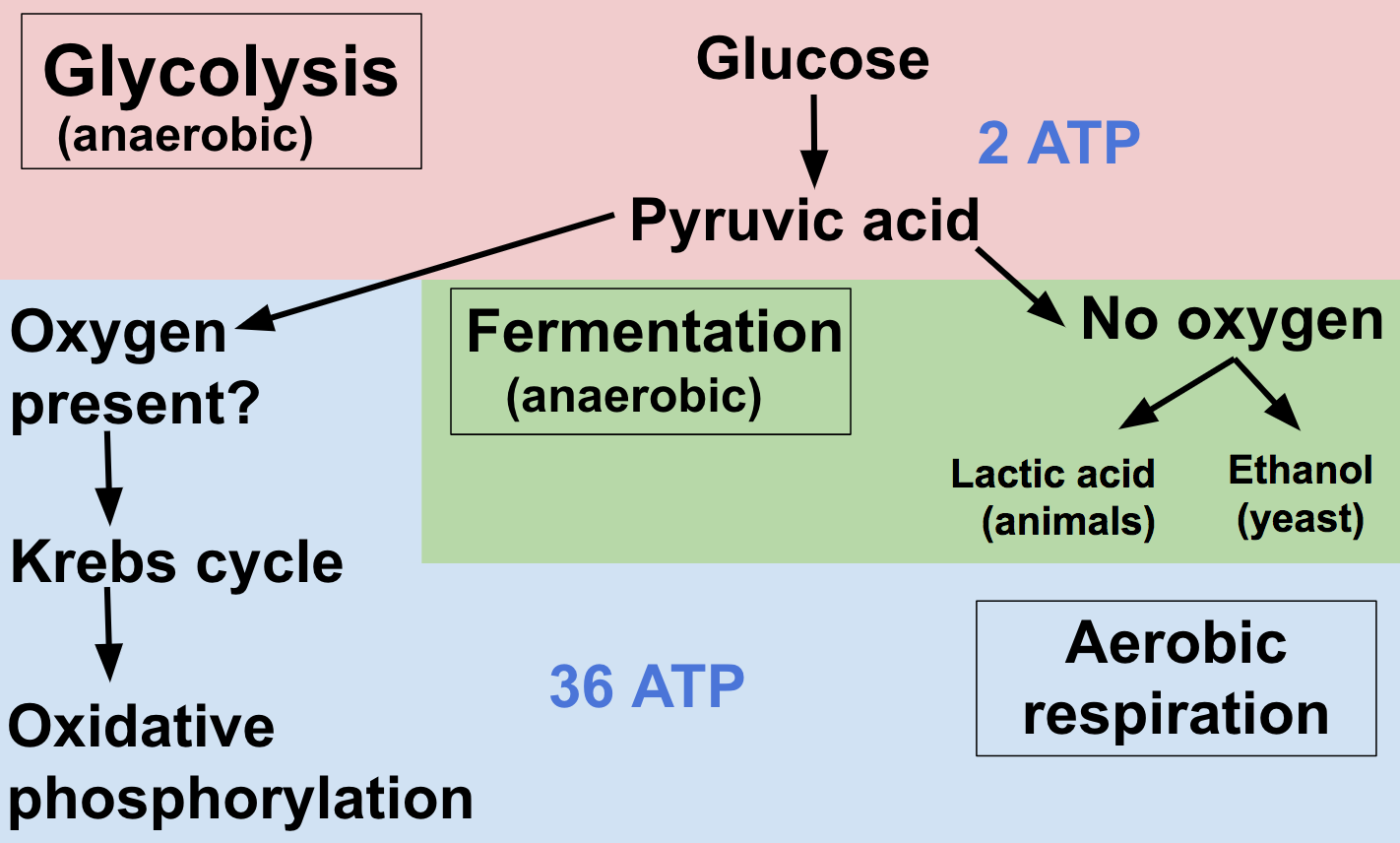
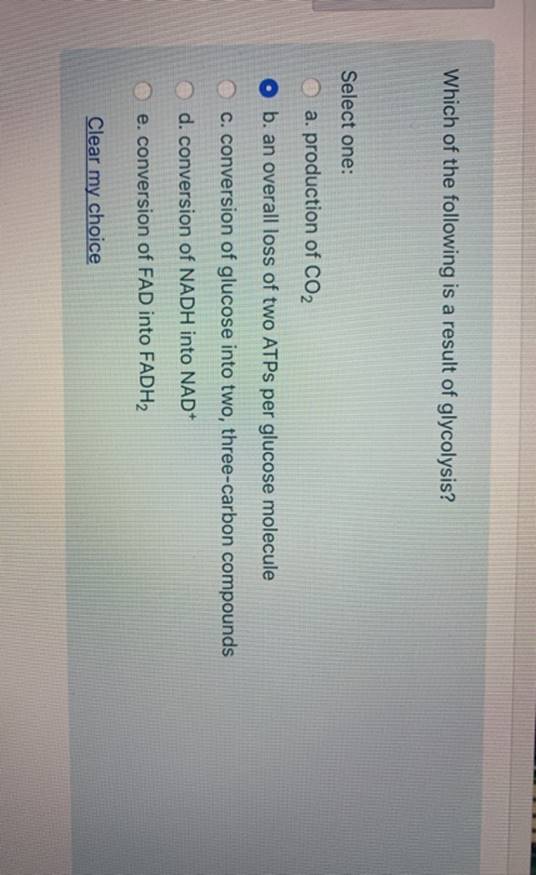
+The+Net+Result+of+Glycolysis.jpg)

